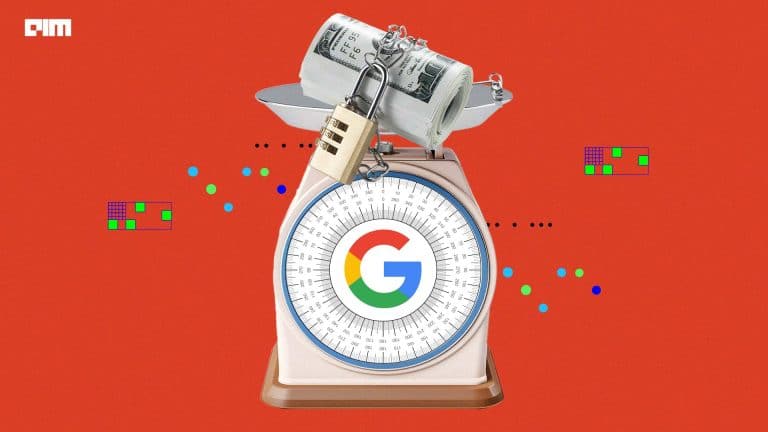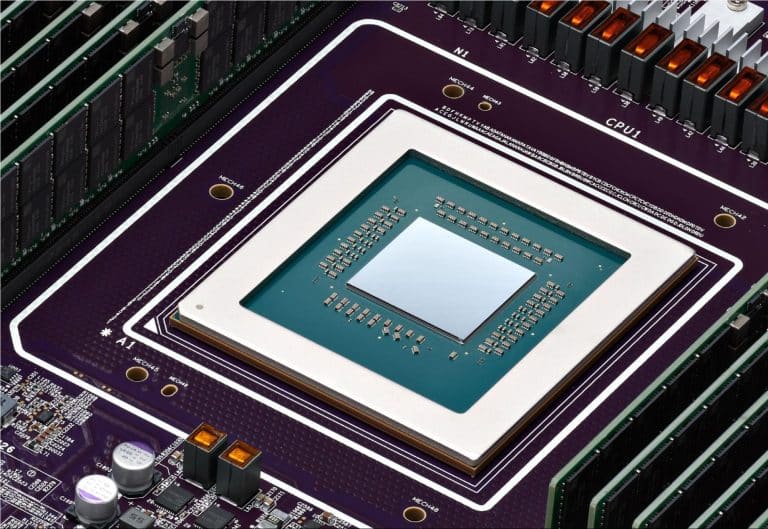Off late, the technology build around the accessibility for smart home devices has come to prominence. As more and more of the population demands for a smart home setting, giants such as Amazon and Google have begun to release improvements and new products to their lineup of smart home offerings.
Amazon recently announced that they have cut the error rate in Alexa by 8% using a new method pioneered to model the AI for NLP. Not to be outdone, Google recently showed their advancements in smart home technology in the form of the Google Soli product. This product tackles the problem of having to replace household objects with their smarter variants, as all devices need to communicate with each other.
Such a connection also comes with multiple security risks, such as propensity for a man in the middle attacks. They could be converted into listening devices or surveillance for unneeded parties. However, the Soli project solves all these problems with a solution that has been around for the better part of a century.
Radar-Powered Vision
Surprisingly, Google’s newest high-tech offering is powered by the use of a technology that has been used widely in military and civilian settings. The Soli Project aims to implement a specific form of input that aims to capture the finesse of human hand movements. Made by a group of researchers at Google’s ATAP division, (Advanced Technology and Products), put together the Soli as a way of interacting with various gadgets.
The system is highly accurate and can be used to detect interactions with objects at a high level of details. For example, the system can keep a track of the number of cards dealt from a deck, measure the amount of sand in an hourglass, and tally the number of sheets in a stack of paper, all using radar and no image recognition.
This could circumvent the problem of integrating sensors into every household device just to make them smart. Instead of creating newer variants of existing systems with ‘smart’ sensors, the layout of which is bound to change over time, Soli makes it possible to ‘smart-ify’ everything in the house.
This is due to the fact that the computation layer is built right into the Soli, which can easily be integrated into any home appliance. What Soli does is offer users a way to gain and transmit information about the appliance it is currently working on, providing a much more accessible solution that works universally.
Looking For Soli-tions
Since Soli is able to introduce a discrete computing layer with the addition of a chip, it can be utilized universally across customers’ smart homes, allowing for the creation of a standard and its accompanying benefits. It can also change the entire perception of what a computer is, and allow for novel methods of interaction with the digital world.
Soli utilizes radar to detect hand movements with high accuracy, down to accuracy to the millimetre. This allows for the tracking of fine motor activities such as turning a dial on a system or tokenise real-world assets to allow users to utilize them as triggers for digital media. It can also detect fingers through each other, allowing for tapping, snapping and turning motions.
Soli could be connected to multiple household objects, thus recording the multiple different interactions they have with the appliances. All the information could feed into a central computer, allowing every physical object to communicate with the computer and each other.
Soli can turn every physical object into a token, allowing users to go through a stack of DVDs or records, pick one out, and have it play from a sound system in the house. Soli would recognize that the user has picked out that record specifically, and send a signal to the smart speaker to play the songs associated with that record or CD.
Moreover, as the radar chips are extremely small, low-powered and low-cost, they can be utilized virtually anywhere in the smart home. It also received a boost due to a recent waiver by the United States Federal Communications Commission that allowed it to utilize frequencies between 57 and 64 GHz, higher than typically allowed in normal gadgets. This will allow it to unlock a higher range of functionality, along with being a boost to signal quality.
This venture by Google is sure to gain adoption among smart home enthusiasts upon its launch. The possibilities for the application of this technology are endless. As seen by Google’s demonstration of the product at CES this year, it is possible to swipe on one’s fingers and scroll like what would be similar to scrolling on the screen. More examples of Soli’s applications can be seen in the video released by Google.


















































































